
Little Black Shag
Phalacrocorax sulcirostris
Also known as: Little Black Shag


Phalacrocorax sulcirostris
Also known as: Little Black Shag

The little black shag is a sleek, streamlined water bird native to New Zealand, primarily found in the North Island. About the size of a small duck, this all-black bird brings a touch of elegance to our lakes, rivers, and coastal areas. Its recent expansion across New Zealand makes it an exciting find for birdwatchers.
1. All-black plumage with a glossy green sheen, no white patches
2. Bright green eyes that contrast sharply with the dark plumage
3. Often seen in large, tight-knit flocks, diving and surfacing in unison
Little black shags are highly social, often foraging in large flocks that work together to herd fish. They breed colonially between October and December, building stick nests in trees overhanging water. While their population is increasing, they face threats from accidental entanglement in fishing nets and habitat loss. Their cooperative hunting behavior is a fascinating adaptation to their aquatic lifestyle.
Look for little black shags on lakes, harbors, and estuaries throughout the North Island, especially in Northland, Rotorua, Taupo, and Wellington regions. They're active throughout the day but are particularly visible during early morning and late afternoon feeding times. Watch for large flocks diving together or resting on rocks, tree branches, or man-made structures near water. Tip: Scan the water for V-shaped formations of birds flying low over the surface – a telltale sign of little black shags on the move.
The little black shag is believed to be a relatively recent arrival to New Zealand, expanding its range from Australia. While not deeply embedded in Māori culture like some native birds, its increasing presence is changing the dynamics of New Zealand's waterways. Its successful colonization demonstrates the ever-evolving nature of our country's birdlife.
61 cm
800 g
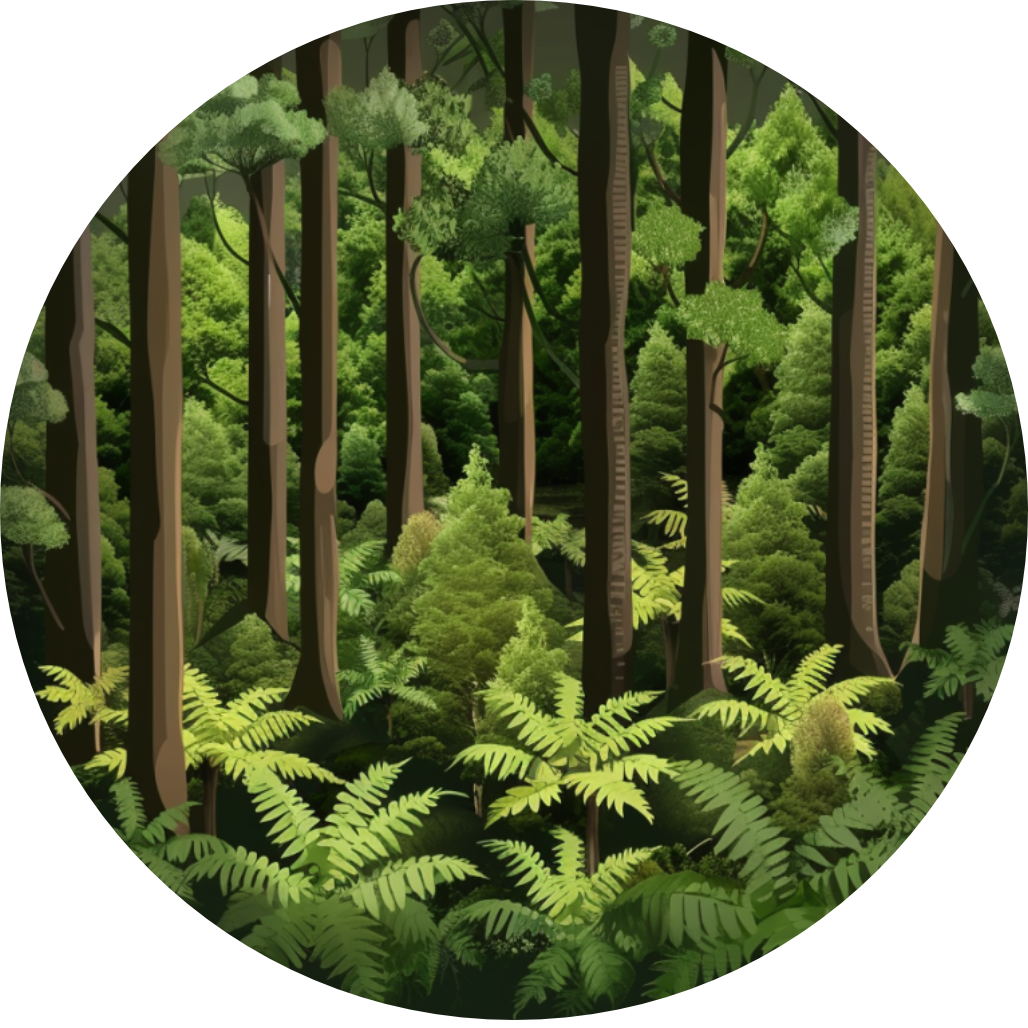
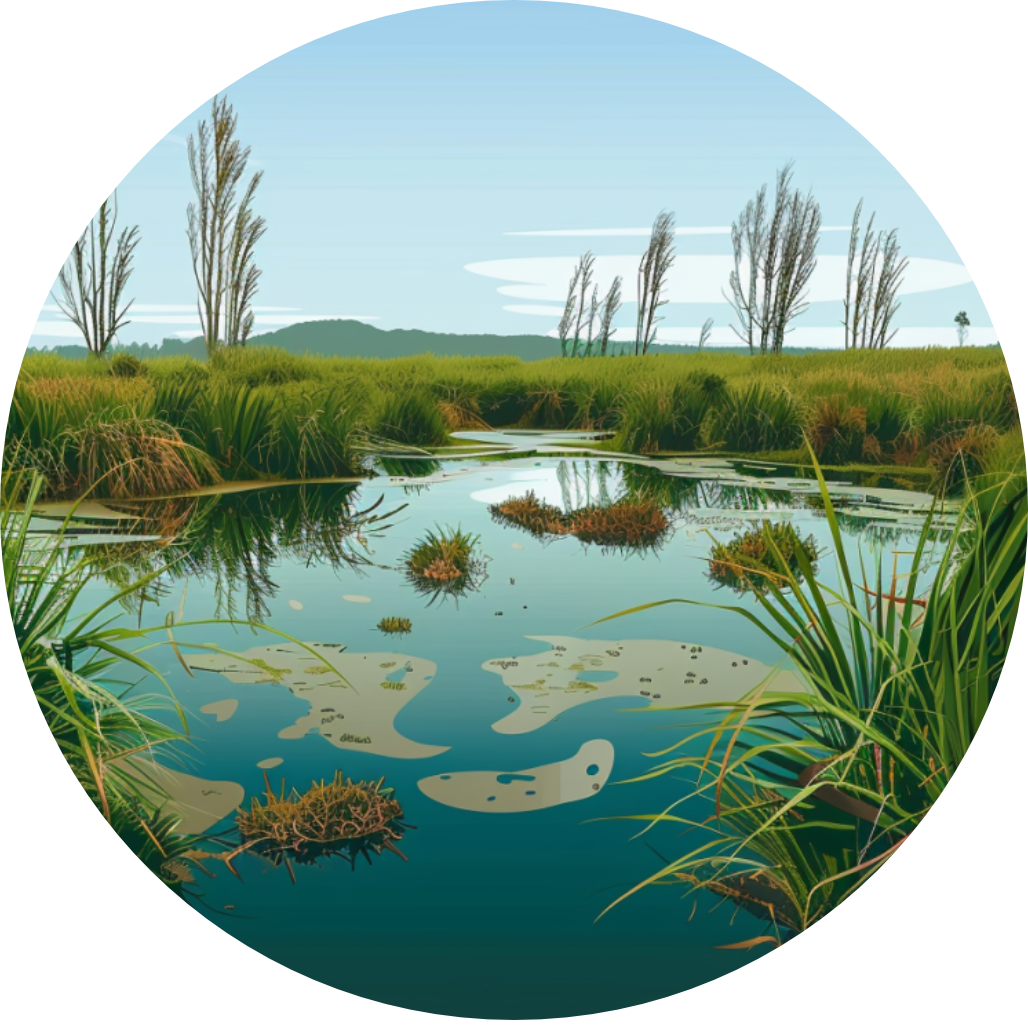
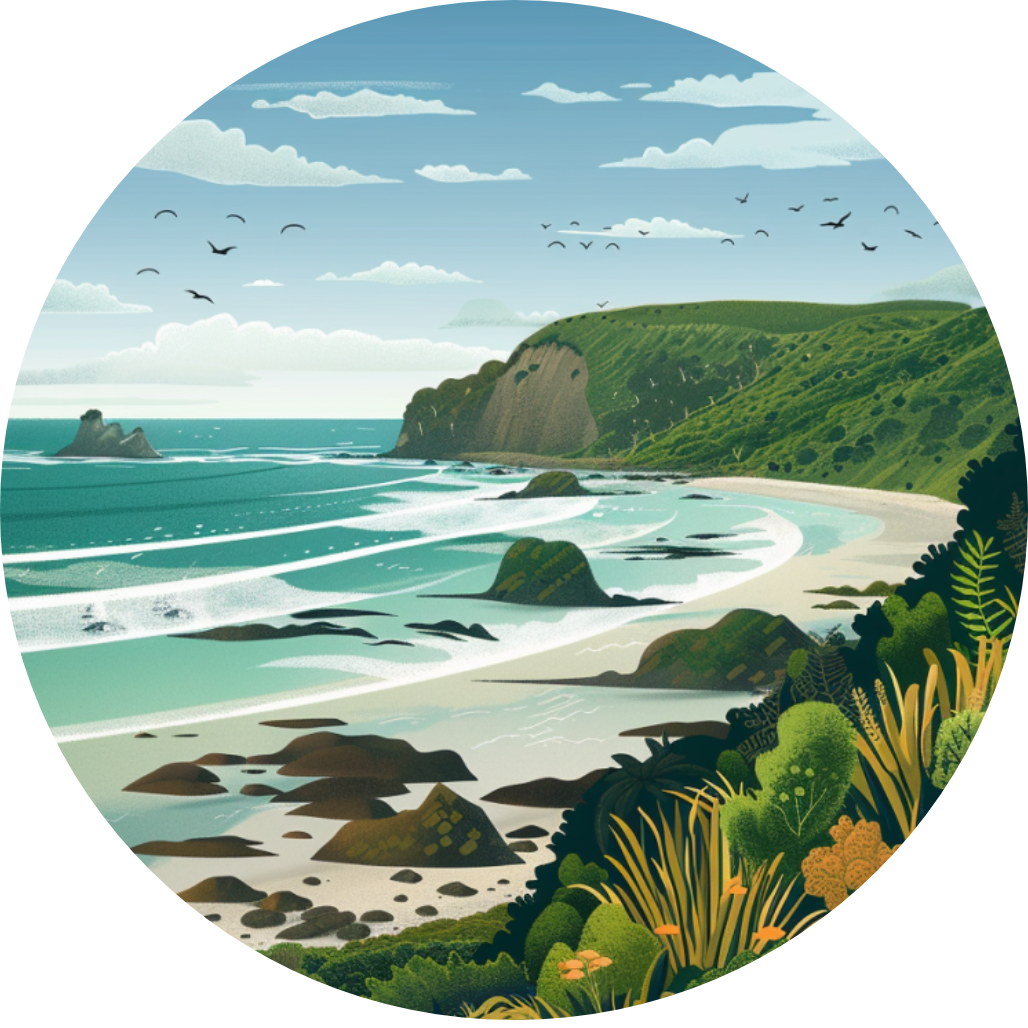
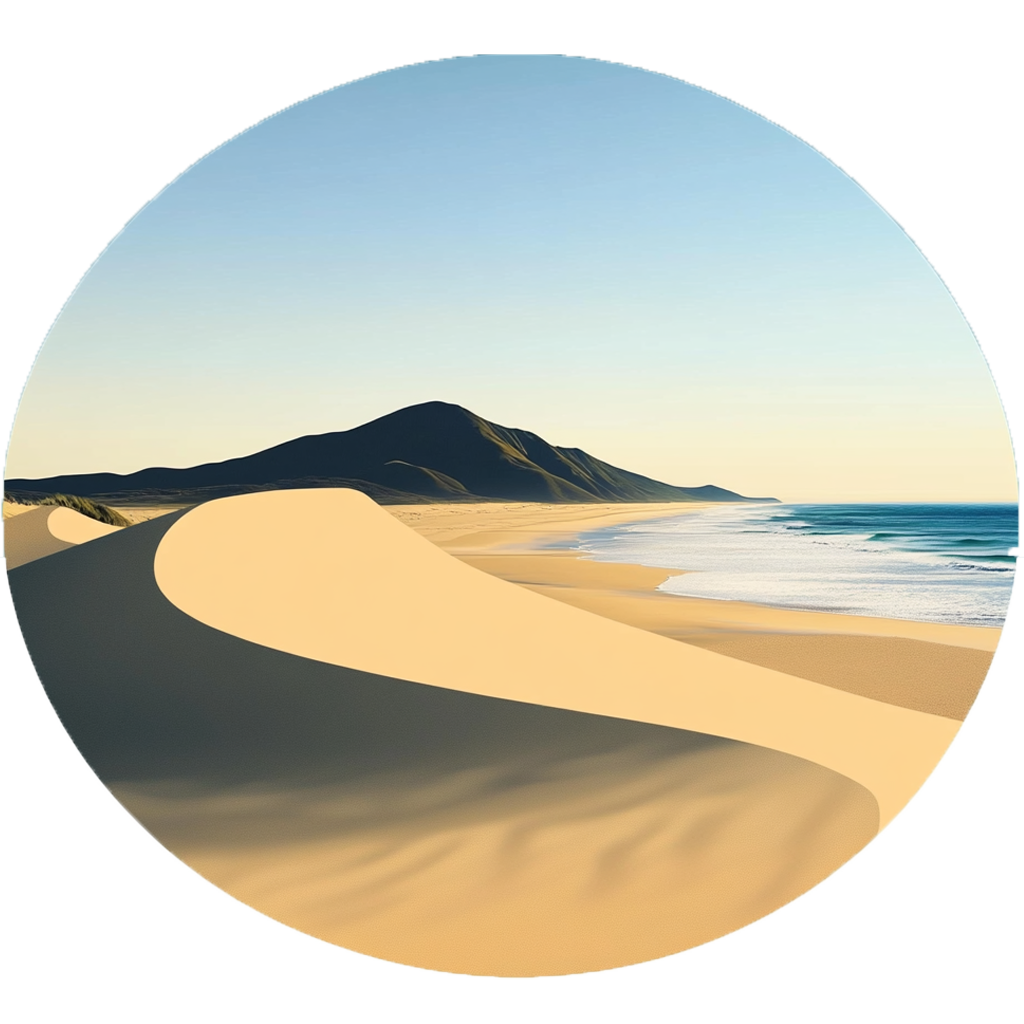
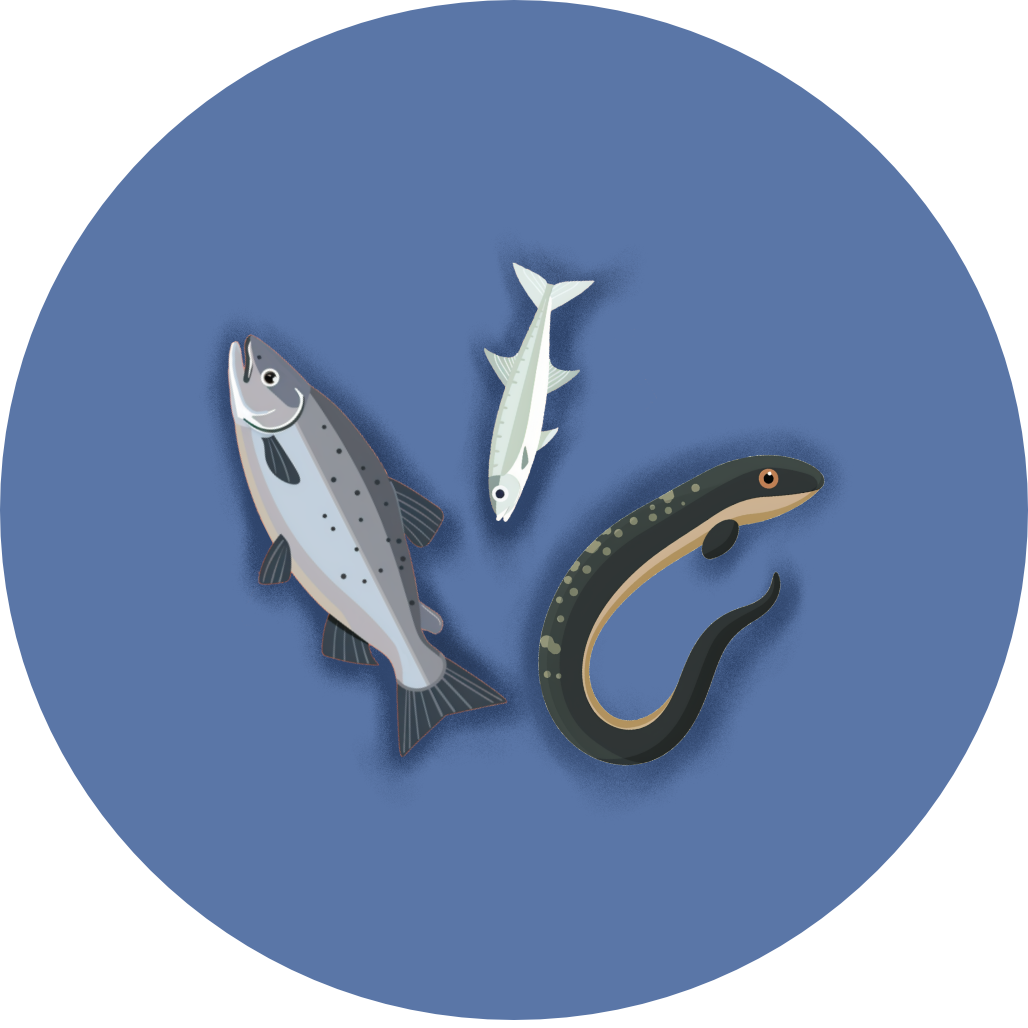
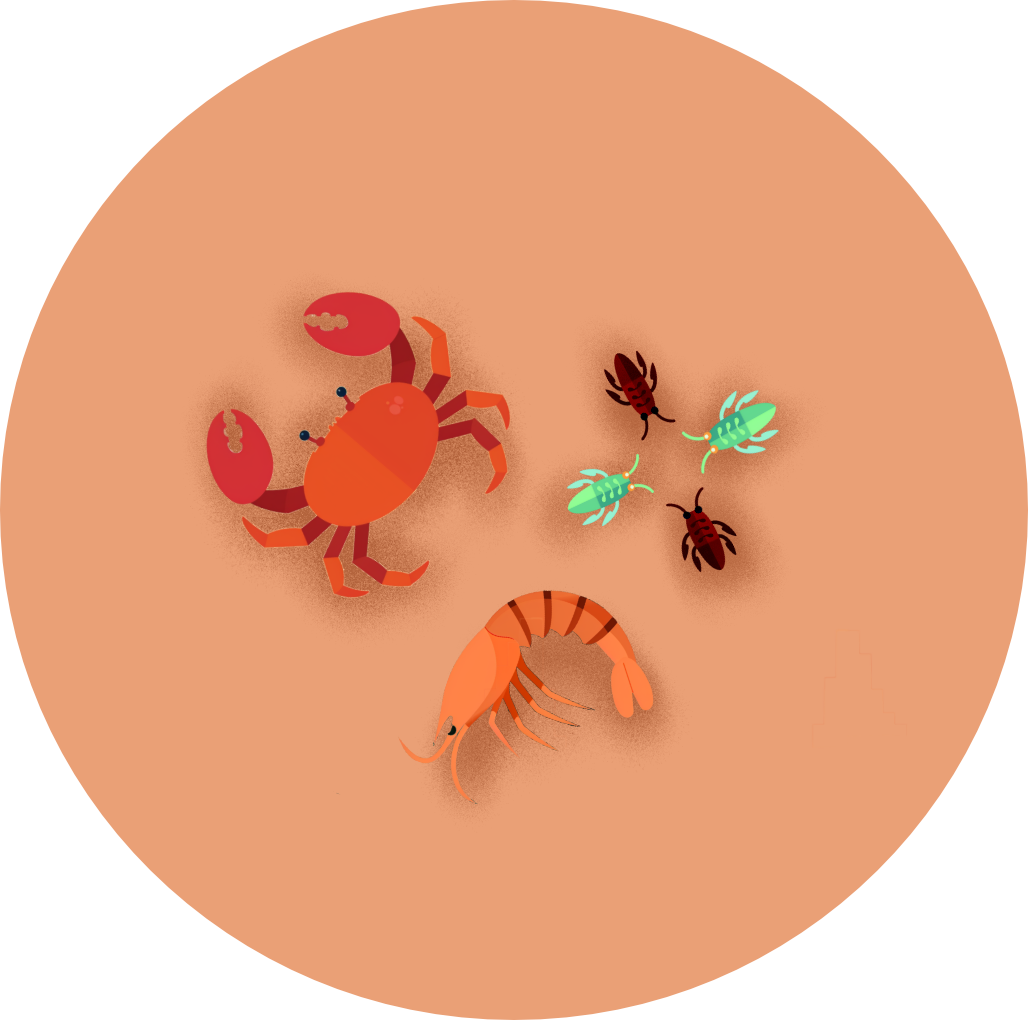
Coming Soon!
Top birding locations will be available in a future update.